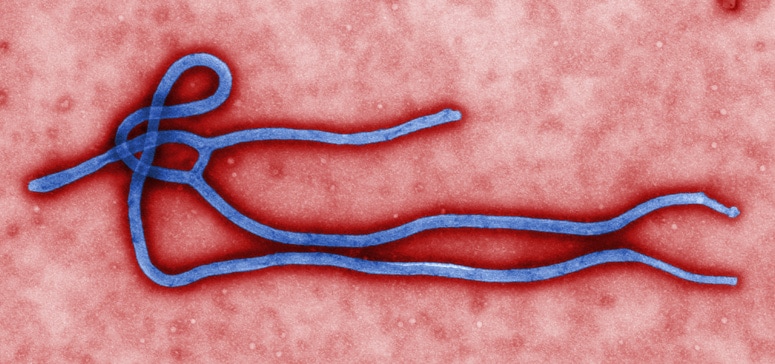Green beans are one of the more familiar vegetables that typically appear on most Thanksgiving dinner tables. If you're looking for a healthier yet tasty version of a green bean recipe, this may be it. The added bonus is that it's simple to make and only requires a few ingredients. Green beans are nutritious too, containing Vitamin C and fiber. This is a great recipe for the holidays or anytime of the year. Try to buy organic produce when you can to reduce your exposure to pesticides.
 |
| Green Beans by Stacey Sauvago. Public Domain Image. |
Ingredients:
1 pound of fresh green beans
1/2 cup of filtered water
1/4 – 1/3 cup of olive oil (depending on your personal taste)
Salt and pepper to taste
Directions:
Rinse green beans well, cut off the tips/strings at each end of each bean, or buy fresh green beans (prepackaged) with the tips cut. If the beans are long, cut each bean in half. If they are not, they don’t need to be cut. Place beans in a large 12 inch non stick saute/fry pan, add the filtered water to just cover the beans. Place a lid on the pan and cook at a low heat for approximately 20 minutes, stirring occasionally. You want to get the beans softened but not overcooked to maintain higher levels of Vitamin C.
Drain the remaining water out of the pan then brown the green beans for approximately 10 minutes on a medium heat, stirring them gently and occasionally. Now add the olive oil and salt and pepper to taste. Lower the heat to the lowest setting and cook for another 10 minutes while stirring them occasionally and gently. You can cook the beans longer to brown them more - they taste great this way too.
Remember - when cooking with olive oil, don't use a high heat due to its low smoke point. Maintain a lower to medium heat to prevent smoking of the oil.
Remember - when cooking with olive oil, don't use a high heat due to its low smoke point. Maintain a lower to medium heat to prevent smoking of the oil.
